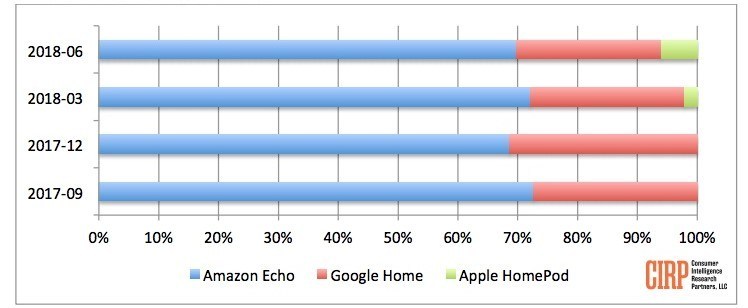Content Submitted by Universal Electronics Inc.
It is hard to read an industry article or report these days that does not mention the rapid growth of voice control and voice based technologies leveraging artificial intelligence. Parks Associates in a recent report named voice as a prime differentiator in the user experience for the smart home. As the number of devices consumers interact with in the home has increased, so has the complexity in user experience and voice as a natural easy-to-use interface is helping to alleviate complexities in the user experience of today’s smart home.

Given the potential and strong consumer desire, it’s no surprise that brands are now making voice a component of their strategy. Recognizing the strength and limitations of today’s voice assistants is essential for brands to identify a strategy to incorporate voice control. The limitations can be categorized as the following:
- Traditional brand loyalty at risk
- Failure to reach intended usage
- Lack of compatability with current installed base




